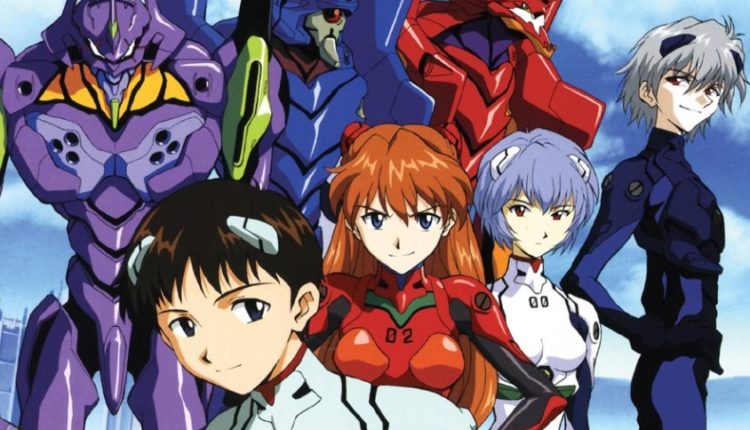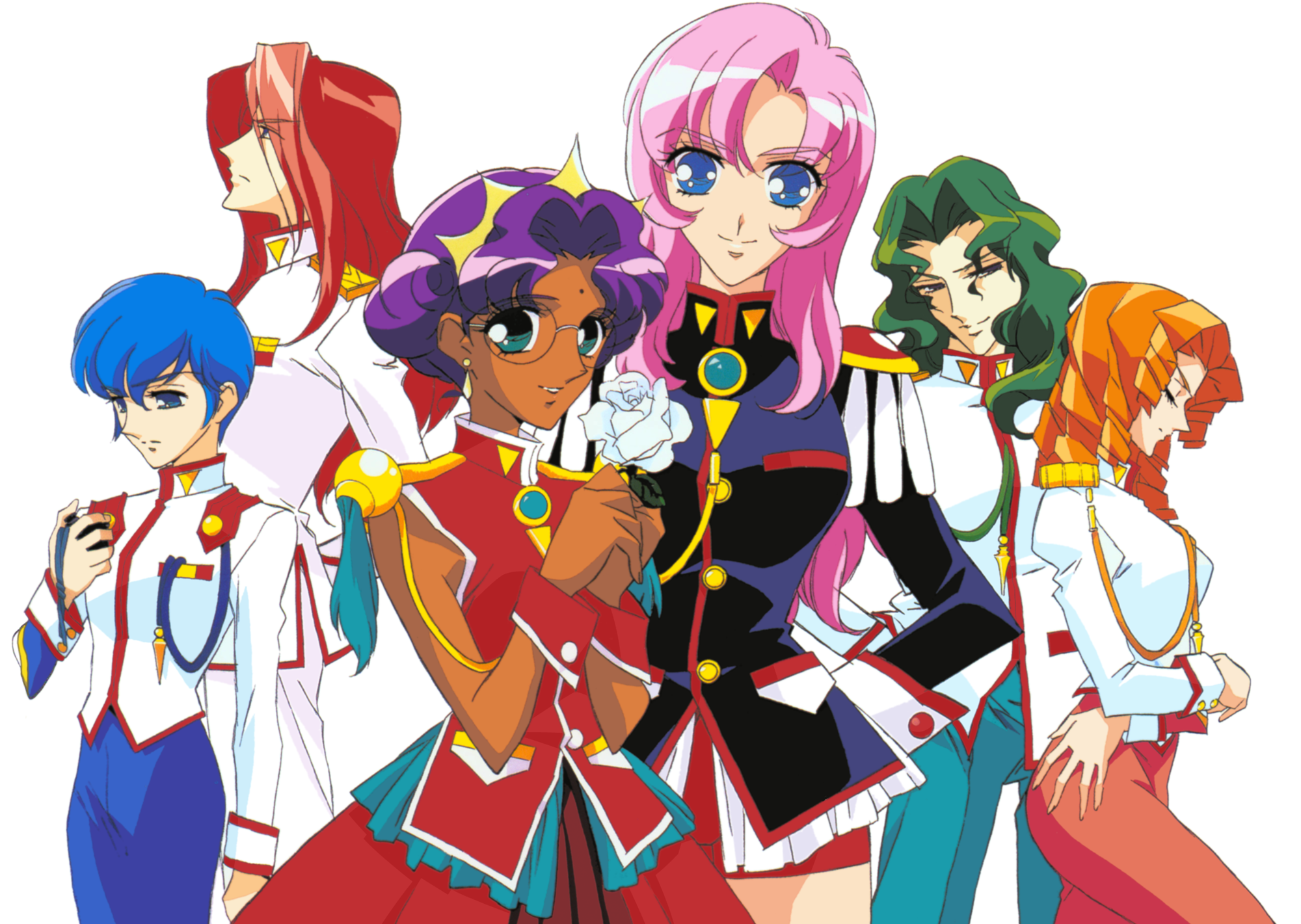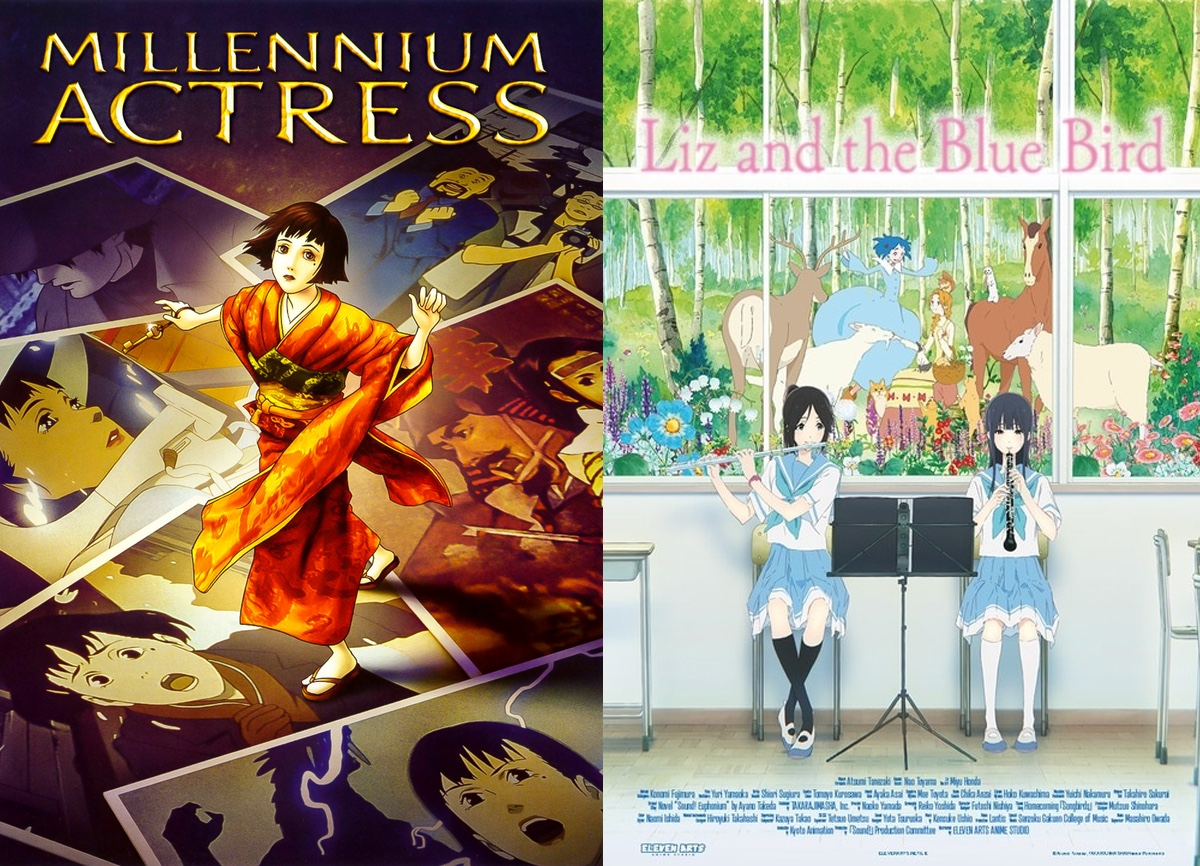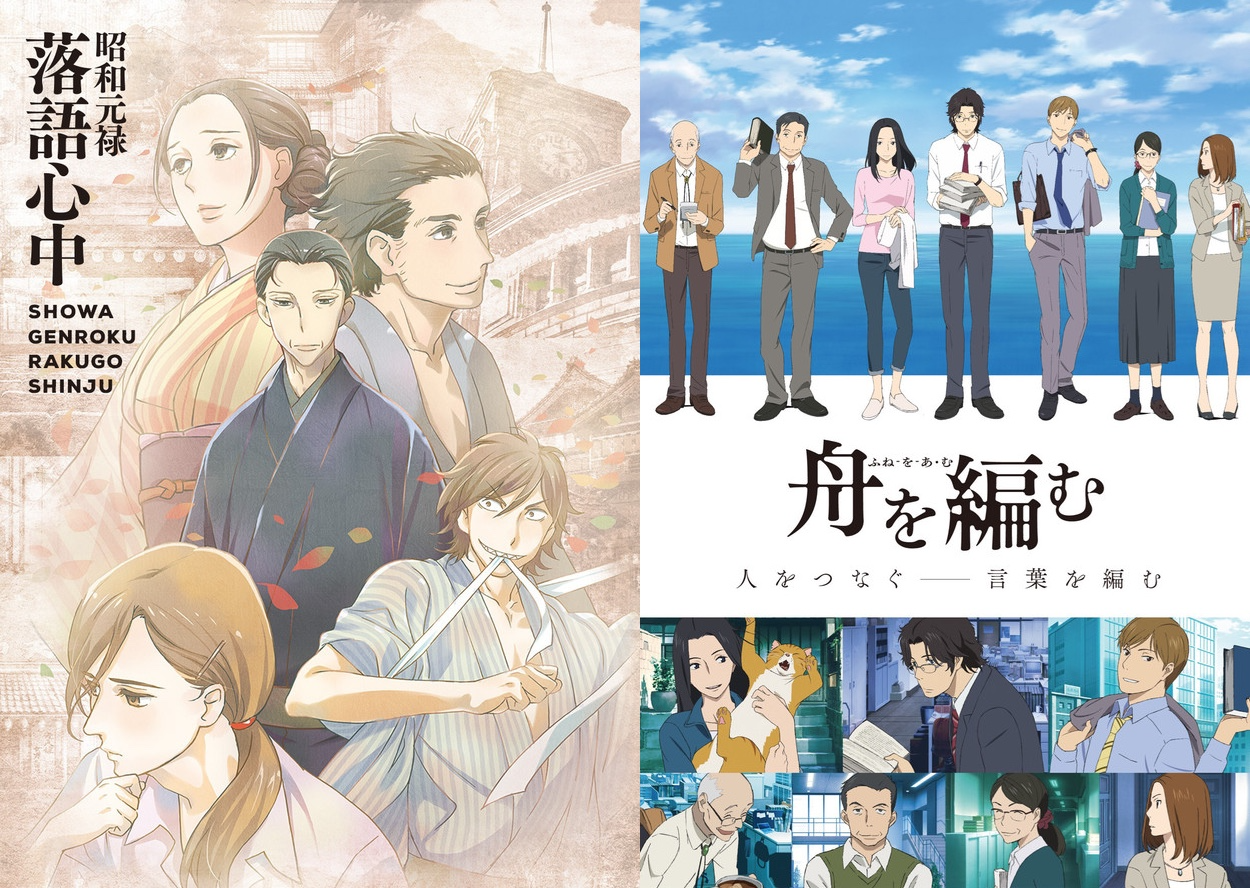
The cast of Neon Genesis Evangelion (L-R): Shinji, Asuka, and Rei, pilots of the giant “Eva” robots shown behind them, and the mysterious Kaworu.
tl;dr: Uhhh, enjoying it as a medium that tells interesting stories? Let me explain . . .
NOTE: This article was originally published in my Civility and Truth Substack newsletter. I have republished it here with very minimal changes.
This week I’m taking a break from US Census data and talking about anime and manga (i.e., Japanese animation and comics respectively), which I got interested in while watching Hayao Miyazaki’s films released by Studio Ghibli. (Anyone who’s been a parent is probably familiar with Miyazaki films like My Neighbor Totoro and Kiki’s Delivery Service.)
Comics and animated films in general have always been tagged as “for kids only,” especially in the US, and anime in particular suffers from a (not entirely undeserved) reputation for being mostly about inappropriately sexualized young girls or giant robots or the combination thereof—definitely not something deemed worthy of an adult’s attention.
As it happens, the biggest anime-related news lately involves both giant robots and inappropriately sexualized teenaged girls, namely the release on Netflix of the landmark 26-episode TV series Neon Genesis Evangelion, known to its fans as Eva. You can find more about Neon Genesis Evangelion elsewhere, including a Vox explainer and a high-minded take from the New Yorker. I’ll just say that Eva was as popular in Japan as Star Wars was in the US, but it’s an altogether darker work, especially once you get past the intermittent comedic hi-jinks of the first few episodes and start the second half. You can think of Eva as what Star Wars might have been if George Lucas had been severely depressed and that depression were reflected in the character of Luke Skywalker.
The parallels don’t end there: like Star Wars, Neon Genesis Evangelion has been a merchanising bonanza, a topic of intense analysis by a fandom that has a love-hate relationship with the show’s director, Hideki Anno, and his creative choices, and was in the first in a series of works that saw the creator revise, rework, and expand the original story.
But perhaps the deepest connection between Neon Genesis Evangelion and Star Wars is that they were (and are) both products of what one might call “geek sensibility,” a sensibility rooted in the experience of a (mostly) adolescent (mostly) male audience immersed in the offerings of a mass consumer culture of toys, models, and long-running TV and film franchises focusing on super-powered heroes (and occasionally heroines) of various flavors.
Their differences are rooted in the respective paths of American and Japanese history: The Star Wars franchise reflects the fundamentally optimistic perspective of the American victors in WWII, echoes the aerial combat sequences in films celebrating that victory, and leverages the computer graphics technologies spurred by DoD investments.
In contrast Neon Genesis Evangelion depicts a Japan under siege, attacked by alien invaders and repeatedly devastated by massive explosions, defended only by physically and psychically damaged teenagers, in which the characters’ most realistic hope is not to be victorious but to simply survive—all overseen by a secretive group of men who are, shall we say, not exactly blameless in all this. Its detailed hand-drawn animation reflects Japan’s tradition of artistic excellence, but is also a hold-over from the era when the Japanese economy was based on cheap goods mass-produced by a poorly-paid and ill-treated workforce, with intensive labor substituting for advanced production technologies.

The cast of Revolutionary Girl Utena (L-R): Miki, Touga, Anthy (the “Rose Bride”), Utena herself, Saionji, and Juri.
Independent of its (not inconsiderable) merits, Neon Genesis Evangelion is famous in large part because for over ten years now the original series has not been legally available in the US for viewers to watch. It thus acquired somewhat of the aura of a cult object, known only to those few people willing to pay outrageous sums for old DVDs or resort to using sketchy pirate sites.
But while Neon Genesis Evangelion is getting all the press, there’s another anime series from the same time period that’s never gotten a New Yorker article, is as easy to find as looking on YouTube, and is arguably as good as or (in my opinion) better than Eva:
Revolutionary Girl Utena is a surrealistic feminist fable, a 39-episode TV series about Utena Tenjō, a 14-year-old girl who (after being rescued from a childhood trauma) dreams of princes and princesses and wants to be a prince herself, even to the point of dressing in boy’s clothes. She starts attending Ohtori Academy and soon finds herself fighting and winning a highly symbolic sword duel, the prize of which is to be “engaged” to fellow student Anthy Himemiya, a meek and submissive girl known as the “Rose Bride.” Then things get weird.
Where Neon Genesis Evangelion takes inspiration from the giant robot (or “mecha”) shows targeted at the shōnen demographic of teenage boys, Revolutionary Girl Utena comes from the shōjo tradition of comics and TV shows for teenage girls: It takes its basic premise from “magical girl” series like Sailor Moon whose heroines transform into warriors against evil, and then adds elements ranging from the all-women Takarazuka musical revue to Japanese avant-garde theater.
Unlike Neon Genesis Evangelion and similar shows, in which the fate of the world and humanity are ostensibly at stake, Revolutionary Girl Utena ultimately sees true fulfillment simply in living a normal life with relationships of friendship and love—with the task of the heroine to fight against the forces and individuals that conspire to prevent that from happening. It can be difficult to look past the theatrical trappings and the sometimes silly surrealism, especially in the first season, but Utena very much earns its emotional payoff in the third. It’s not for everyone, but those who love it really love it. I count myself among them.

Posters for Millenium Actress (L), depicting the star Chiyoko Fujiwara in her various roles, and Liz and the Blue Bird (R), showing the two main characters Mizori and Naomi.
I feel a little bad about recommending a 26- or 39-episode anime about teenagers to people with adult time demands and adult sensibilities, so here are some recommendations for anime that are shorter or feature adults or both. By coincidence all of them also focus on arts and culture.
First up is Millennium Actress, a movie by the famed director Satoshi Kon, who directed a number of notable anime films before dying young. It skips through time to tell the story of Chiyoko Fujiwara, a retired actress whose character is loosely based on Setsuko Hara and Hideko Takamine, famous Japanese cinematic icons. There’s a semblance of a plot, but really this is one of those movies that celebrate the art of cinema itself and the people who make it.
Next is the more recent film Liz and the Bluebird. It’s another show about teenagers, in this case two girls who play in their high school band and are struggling to elevate the performance of a duet they’ve been chosen for. However in its slow pace, subtle cinematography, and expressive character animation it’s reminiscent of an art house film. (Kyoto Animation, the studio that created it, is known for the high quality of its work.)
Both of these films highlight the power of animation applied to otherwise conventional stories: Millenium Actress seamlessly follows its character from youth to old age, while Liz and the Blue Bird mixes two very different pictorial styles to contrast the real-life and fantasy sections of the story.

Posters for Shōwa Genroku Rakugo Shinjū and The Great Passage, showing their ensemble casts.
Looking for something longer? Here are two TV series worth your attention, both on the theme of how culture is transmitted between generations.
The 25-episode series Shōwa Genroku Rakugo Shinjū focuses on rakugo, a Japanese form of story-telling in which a single seated performer relates one or more traditional stories, acting multiple parts with the aid of minimal props (a fan and a piece of cloth). Rakugo Shinjū itself tells the story of a rakugo performer’s journey from beginner to acclaimed master and his relationships with his best friend and fellow performer, his friend’s lover and (later) wife and the daughter they left behind, and an ex-convict who shows up one day asking to become the master’s apprentice. As befits its theme, the voice acting in the series is stellar, and it’s worth listening to the subtitled version even if (like me) you don’t understand Japanese.
Last, but definitely not least, is The Great Passage. This is the sort of thing you’d never see on American TV: an 11-episode series about the struggle to compile and publish a new Japanese dictionary. It’s a wonderful show about words and the people who love them, and about what it’s like to work on a project that spans multiple generations, where (unusually for Japan) everyone works together as equals, regardless of age or rank. Of all the shows I’ve recommended in this post, this is my favorite. I’ve watched it three times already, and will probably watch it many times more.
For further exploration
The works mentioned in this post can be found at the following places:
- The Neon Genesis Evangelion TV series can be found on Netflix, along with the movies Evangelion: Death (True)2 and End of Evangelion. The movies are recaps and revisions of the series, and aren’t really comprehensible without having watched the series first. There is also a yet-to-be-completed “Rebuild” tetralogy of Neon Genesis Evangelion films that together will constitute a total retelling of the story; again, first-time viewers can safely ignore them.
- Revolutionary Girl Utena is available on YouTube in both a Japanese version with English subtitles and a version dubbed into English. DVD and Blu-Ray box sets are available as well from multiple sources. There is also a movie, Adolescence of Utena, but as with the Eva movies it is nigh incomprehensible if you haven’t watched the series.
- Millennium Actress is available on DVD from multiple sources.
- Liz and the Blue Bird is available to rent or buy on Amazon Prime Video, as well as on DVD or Blu-Ray from multiple sources.
- Shōwa Genroku Rakugo Shinjū is available for streaming on the Crunchyroll streaming service, which specializes in anime; it is also available to rent or buy on Amazon Prime Video. It is based on a 10-volume manga, Descending Stories, available from multiple sources.
- The Great Passage is available for streaming on Amazon Prime Video. It is based on a novel of the same name, available from multiple sources.
If you’re interested in further anime recommendations, one good place to start is the Anime Feminist recommendations page.